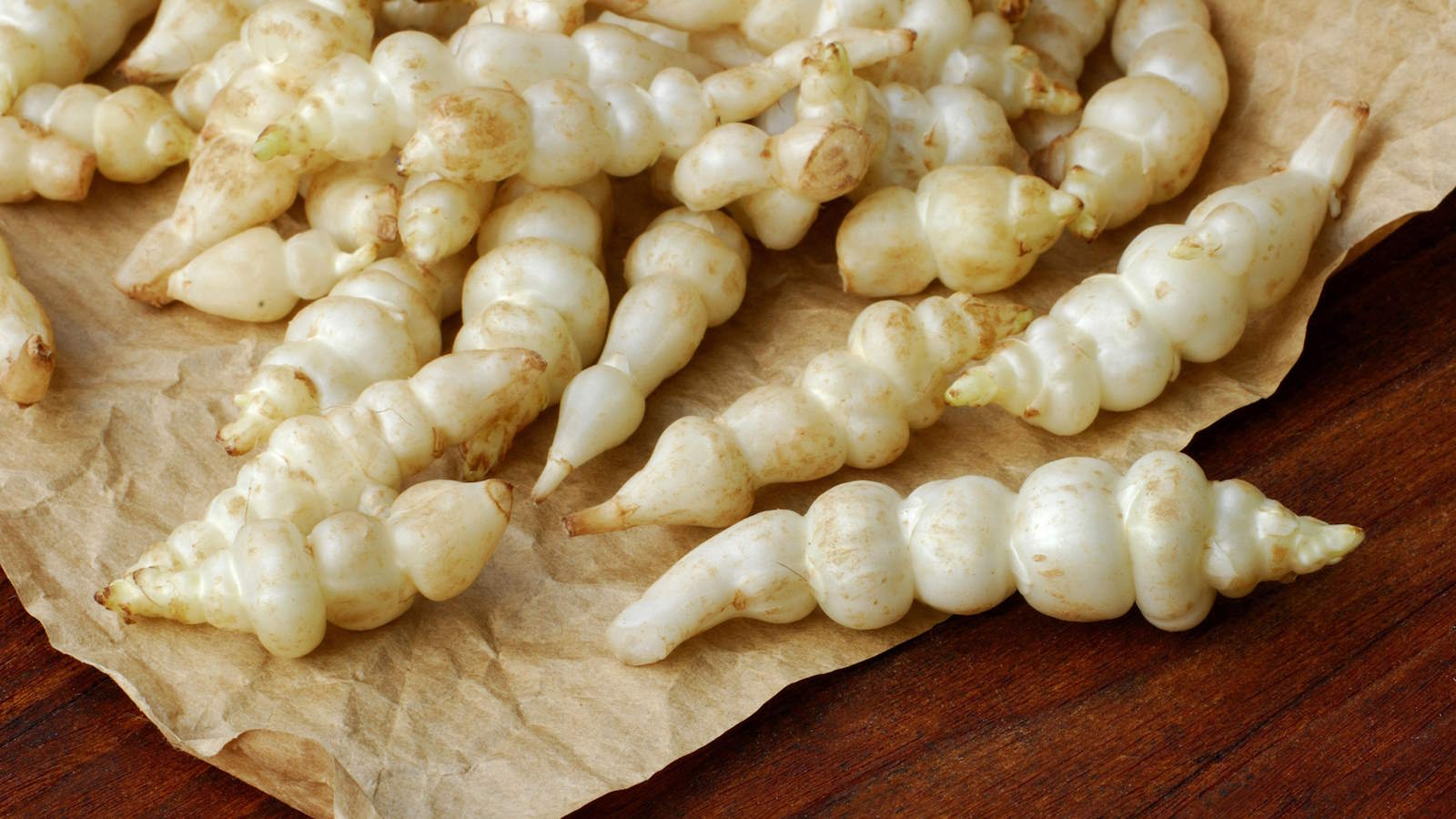
Chinese artichokes are an under-rated and little-known perennial crop that produce lots of delicious tubers, popular in Asian cooking. The Chinese artichoke plant (Stachys affinis) is known by many names, including crosne, betony, or chorogi, and is actually a member of the mint family of plants.
The crop may not be widely known, but it is one that deserves more recognition. I first came across Chinese artichokes working in the kitchen garden at Soho Farmhouse in Oxfordshire in the UK. The kitchen garden grew vegetables to supply two on-site restaurants, serving different global cuisines, and it meant we grew and harvested a wide range of different vegetables.
Chinese artichoke plants are simple to grow but do need to be cultivated with caution, as the plants can spread and invade parts of the garden. This has led them to commonly be grown in contained areas - and you can have massive success growing the crop in containers or raised beds.
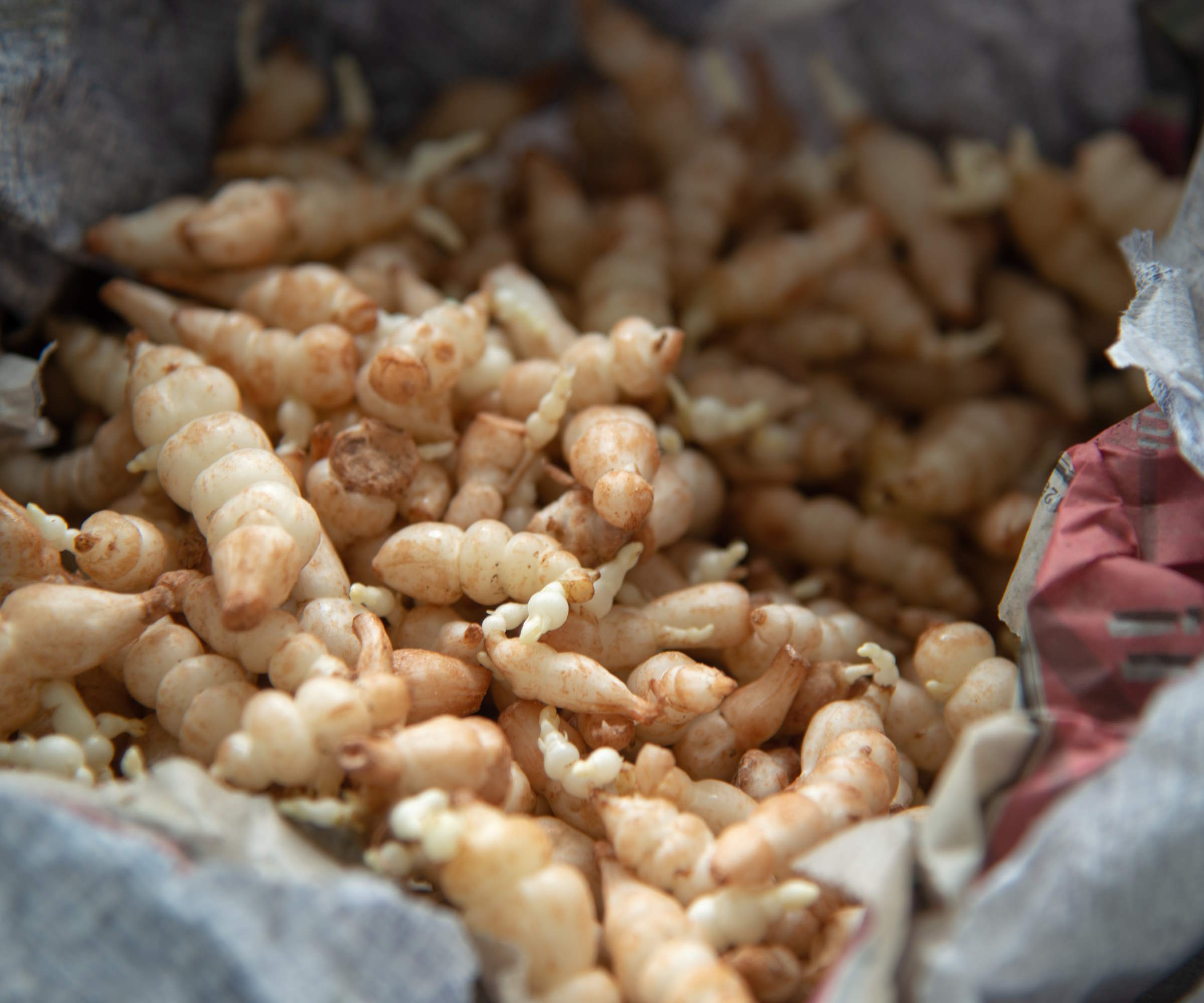
What are Chinese artichokes?
Chinese artichokes are perennial plants that are very simple to grow and maintain, but they do have a tendency to spread. The plants are hardy to US hardiness zone 5 and will prolifically produce small tubers each year.
‘Chinese artichokes are a culinary delight and a conversation starter in any garden,’ says Richard Heaton, the owner of Copagrey. ‘They're a robust crop, offering gardeners a low-maintenance yet highly rewarding gardening experience.’
They may be a very rare crop in vegetable gardens, but have been grown and eaten in China and Japan for many centuries and the tubers are also very popular in French cuisine too.
What benefits do Chinese artichoke offer?
Chinese artichokes can benefit your health, as well as being very versatile and flavorful crops to grow. The tubers are eaten raw or cooked and can be used in many dishes, indeed they are often seen on the menus of expensive restaurants.
When it comes to the flavor, Jonnathan Josias from Pearl Lemon Catering says: ‘They have a unique, nutty flavor and a crisp, crunchy texture, making them a distinctive addition to culinary creations.’
In terms of the potential health benefits that come from eating Chinese artichokes - the tubers are high in vitamins and minerals. They are rich in fiber and can help with digestion, while Chinese artichokes are also renowned for being high in antioxidants.
How to grow Chinese artichokes from tubers
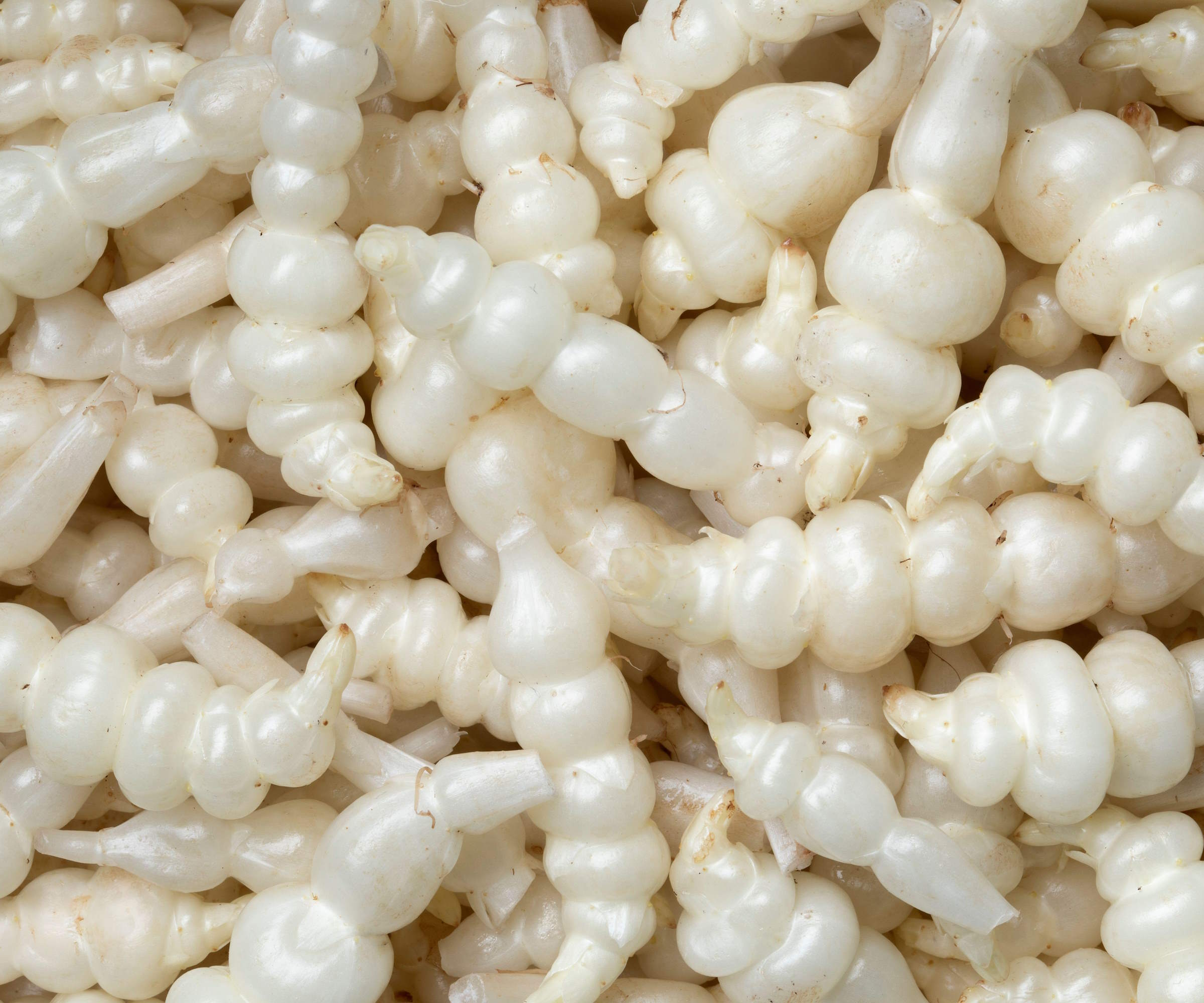
Chinese artichokes are grown from the small tubers that they develop and are harvested to be used in cooking. The plants will grow to around 18 inches tall throughout their season and produce up to 30 of the tubers per plant. You want to plant each of the tubers around two inches deep in the soil and 12 inches apart to give them sufficient room to grow.
‘The best time to plant Chinese artichokes is in early spring, once the threat of frost has passed,‘ says Richard Heaton. ‘These tubers prefer well-drained, fertile soil to thrive.’
The ideal soil type for Chinese artichokes will retain moisture but also drain well, to reduce the risk of the tubers rotting in very soggy soil. The plants will grow best in a sunny spot in the backyard.
Plant the tubers once the soil is workable - you could use cloches to warm the soil up for earlier planting and to start the tubers in a protected environment. A sturdy cloche like this Tierra kitchen garden cloche available at Walmart, can warm the soil so you can plant earlier and it also protects young plants.
If your soil sits very waterlogged, you can start the plants earlier indoors. Plant the tubers into small pots of compost and keep them somewhere warm and protected, such as in a greenhouse or cold frame, to plant out once they have sprouted and the soil is workable.
As for where to plant Chinese artichokes, Alex Testel from Frugal Frontier warns of the ‘potential invasiveness’ risk as the plants spread so vigorously. He says: ‘They can spread if not managed properly. However, this can be combated by planting them in containers or raised beds to control their spread.’
There are real advantages to growing the crop in container gardens or raised garden beds - indeed my experience with growing Chinese artichokes came from growing them in raised beds. Not only can you limit their spreading, but you can also control the soil they are in and, when it comes to growing in containers, can locate them in the sunniest spot in your backyard.
A kit to build a 17" tall metal raised garden bed for your backyard. The easy to assemble kit has a total of 6 possible configurations, such as 3.5 ft x 5 ft or 2 ft x 6.5 ft
Tips for growing Chinese artichokes
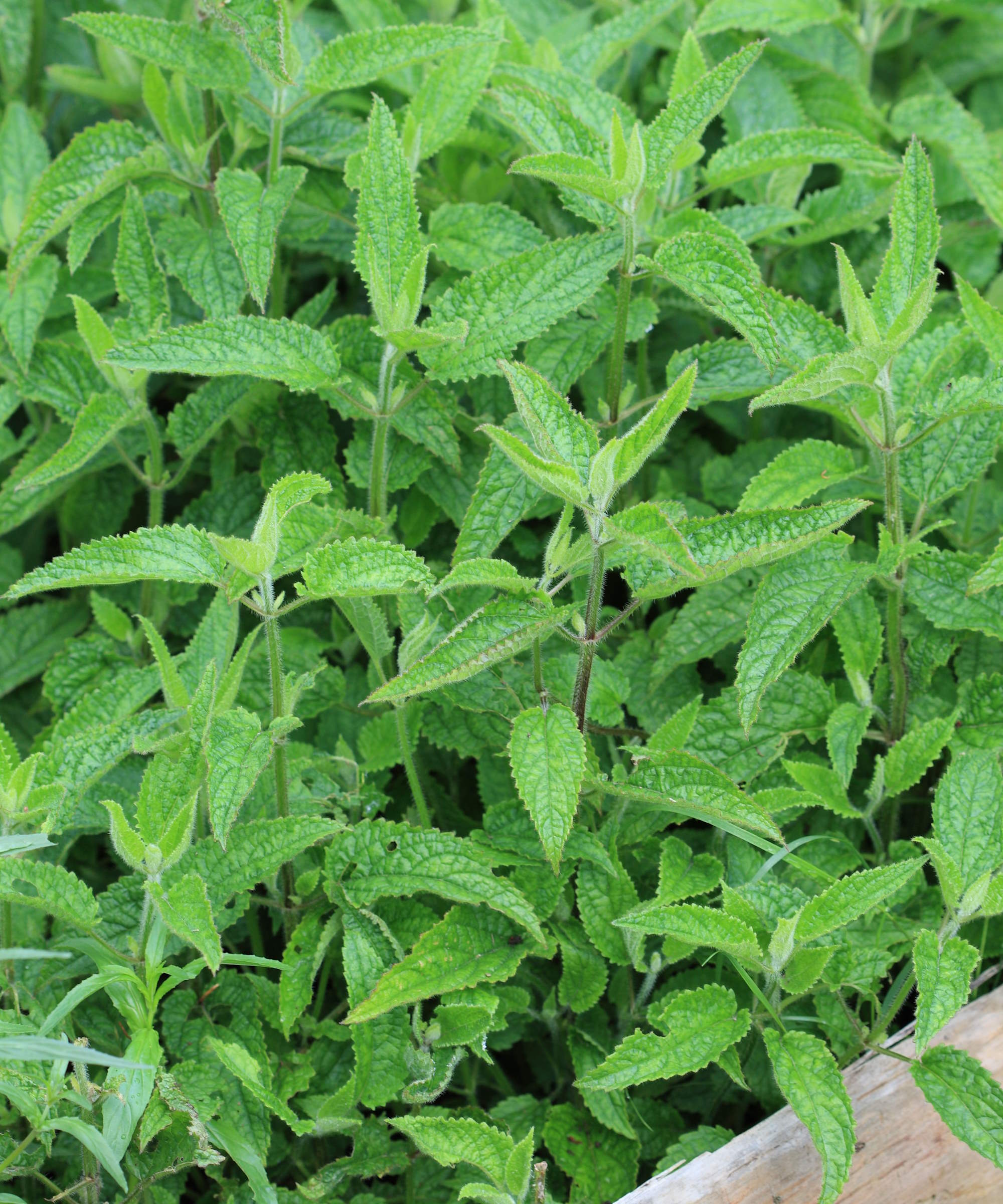
Providing constant moisture to plants is an important part of having success growing Chinese artichokes. Keep a close eye on when to water plants to ensure the soil is consistently moist, but not waterlogged. It will be especially vital to keep soil moist in summer and mulching around plants can be a beneficial way to help the soil retain more moisture, as well as suppress weeds and provide nutrients as it breaks down.
If you are growing in containers or raised beds, the crops will need more regular watering than plants in the ground. Use your fingers, or a soil moisture meter, to check the levels a few inches under the surface of the soil when watering plants in containers.
The best way to provide all the nutrients that Chinese artichokes need during their growing season is to add organic matter before planting. Adding lots of compost or well-rotted manure before planting the tubers should provide all the nutrients required for healthy growth. The plants should not need additional fertilization if they are growing in the ground.
In the absence of adding organic matter, the alternative is to feed with a balanced general fertilizer at the time of planting. Plants in pots will need extra feeding as the crop can quickly exhaust the nutrients available in the container. Give plants a regular feed with a balanced fertilizer, such as Jobe’s Organic All Purpose Granular Fertilizer, available at Amazon.
The main pest issue for the plant is slugs and snails, which are particularly interested in the plants when they are young. Using some form of slug control to keep them away, such as barriers, rough surfaces, or beer traps, can be a way to get rid of slugs and stop them nibbling on your plants.
When and how to harvest Chinese artichokes
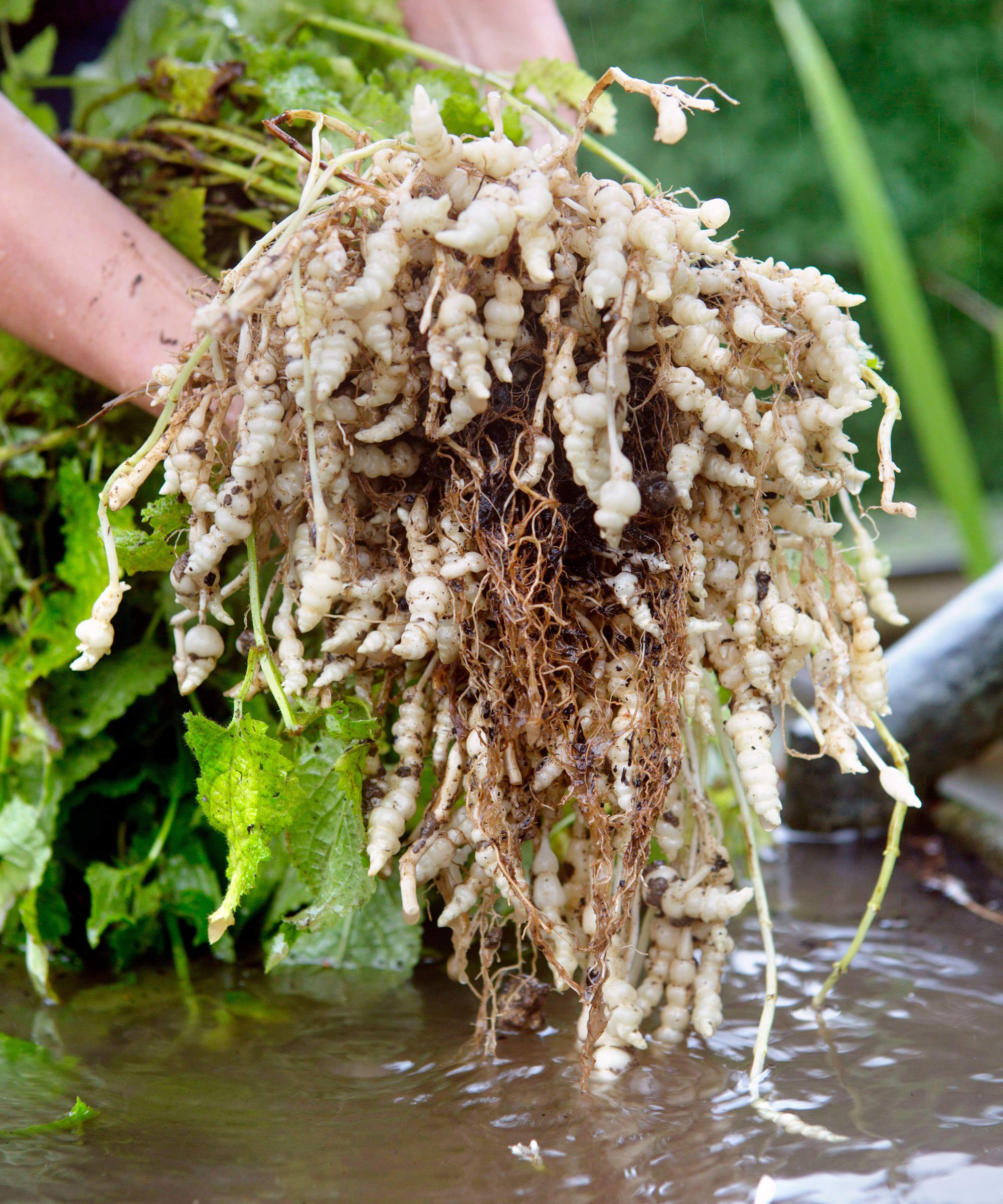
Chinese artichokes take from 5-7 months to develop tubers and be ready to harvest. Alex Testel says ‘harvesting occurs from late fall onwards, when the foliage begins to wither’ and die as the plant starts to enter dormancy.
The tubers do not have a long storage life so are best harvested as-and-when required. The time to harvest usually runs from October onwards, though the tubers benefit from being subjected to a few frosts. The cold frosts convert starches in the tubers into sugar, making them taste extra sweeter. Plants can overwinter outdoors in the vegetable garden, as the tubers are hardy and can be harvested throughout the winter months.
To harvest the tubers, simply lift the plants and remove the tubers by hand. I have found that it is best to thoroughly search through the soil to find all the tubers that have become unattached from the plant. You may be surprised how many tubers remain in the soil, and each of those tubers can sprout and grow next year if they are left. Take care to search and remove as many tubers as you can - and you can store some to replant next year.
FAQs
Can you eat Chinese artichoke leaves?
All the parts of the Chinese artichoke plant are edible, but only the tubers are commonly used in cooking. The leaves are known to be dried for use as a tea, while the tubers and leaves of the plant have been historically used in traditional medicine as a treatment for colds and pneumonia.
Jerusalem artichokes are more commonly grown in vegetable gardens than Chinese artichokes. These perennials are in the sunflower family and also produce edible tubers, however, Jerusalem artichoke plants, and also the tubers, grow much larger than their Chinese counterparts.







